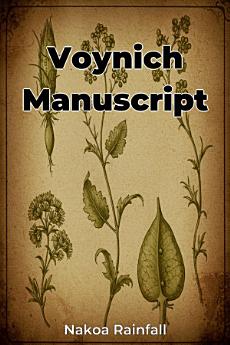Voynich Manuscript
About this ebook
It begins by examining the physical characteristics of the manuscript, such as its parchment and inks. It then moves into linguistic analyses, exploring attempts to identify the language family and evaluating decryption keys. Later chapters delve into the botanical illustrations, comparing them to known medieval herbals. Finally, the book explores computational linguistics and pattern recognition techniques, using algorithms to identify patterns and generate potential translations.
Through a fact-based lens, the book presents a nuanced perspective on the manuscript's possible origins and purpose. Even without a complete translation, valuable information can be gleaned regarding the manuscript's structure, authorship, and intended audience. By addressing controversies and presenting different viewpoints, the book offers a comprehensive overview of the manuscript and the ongoing research surrounding it.







